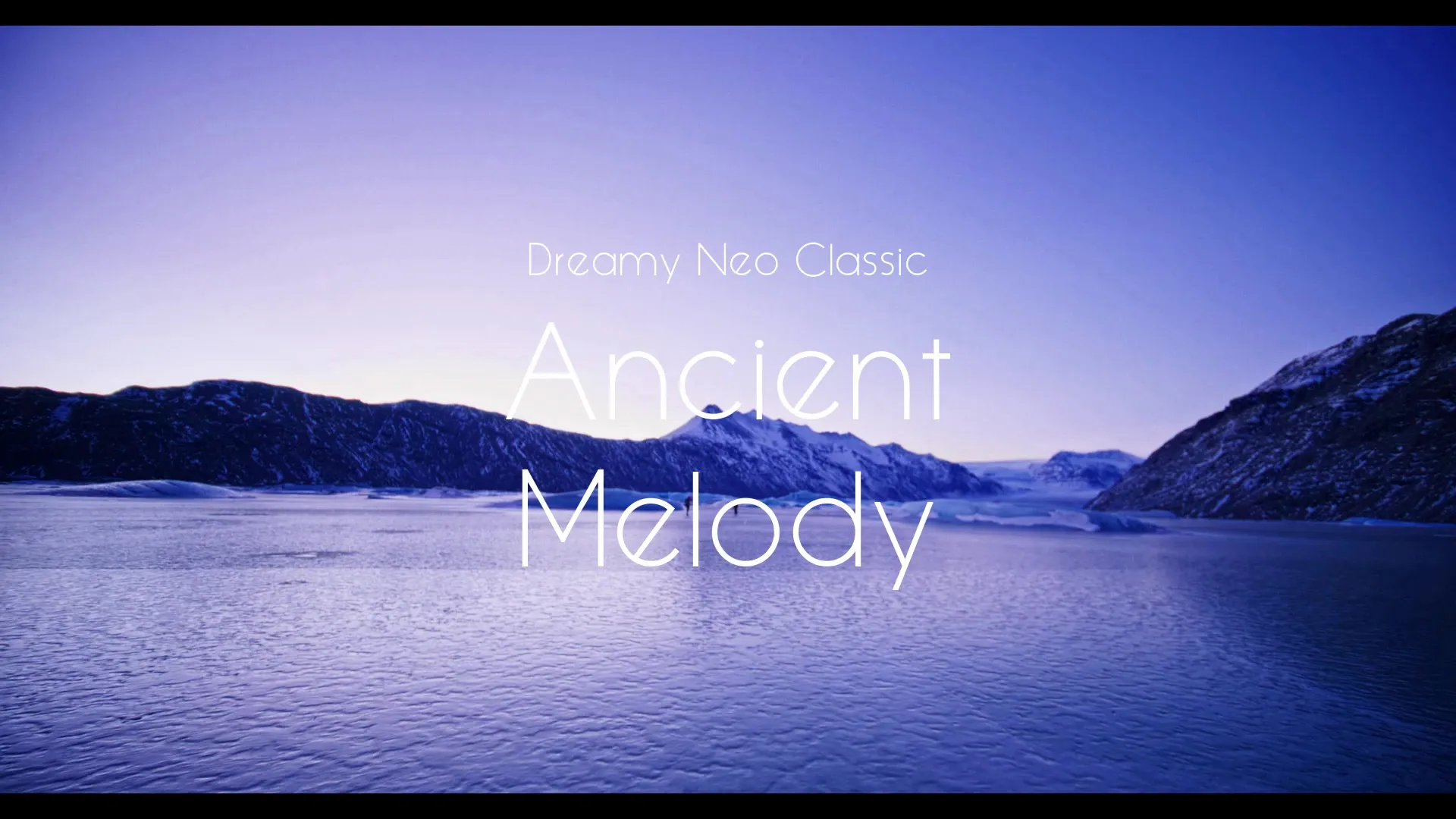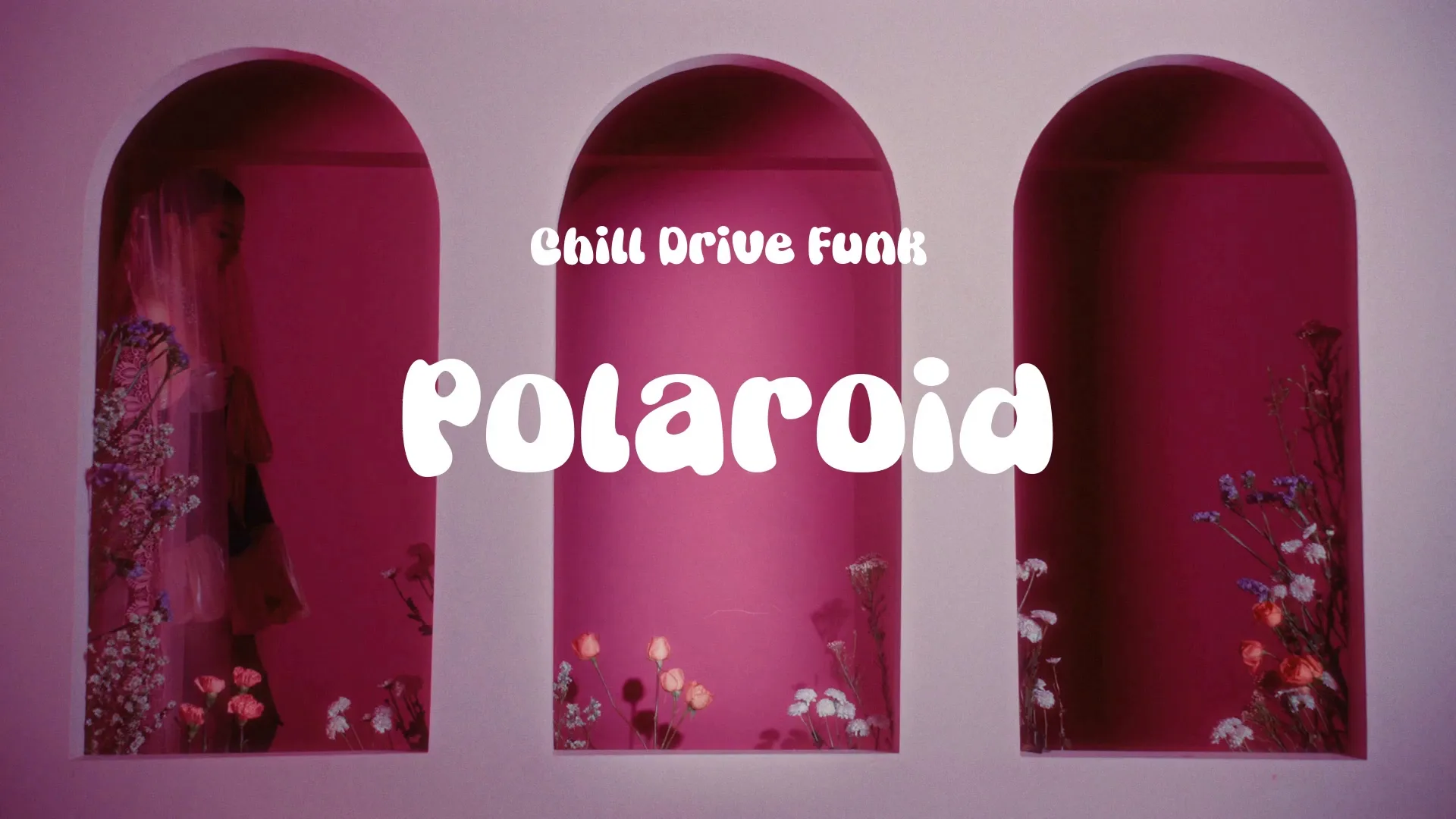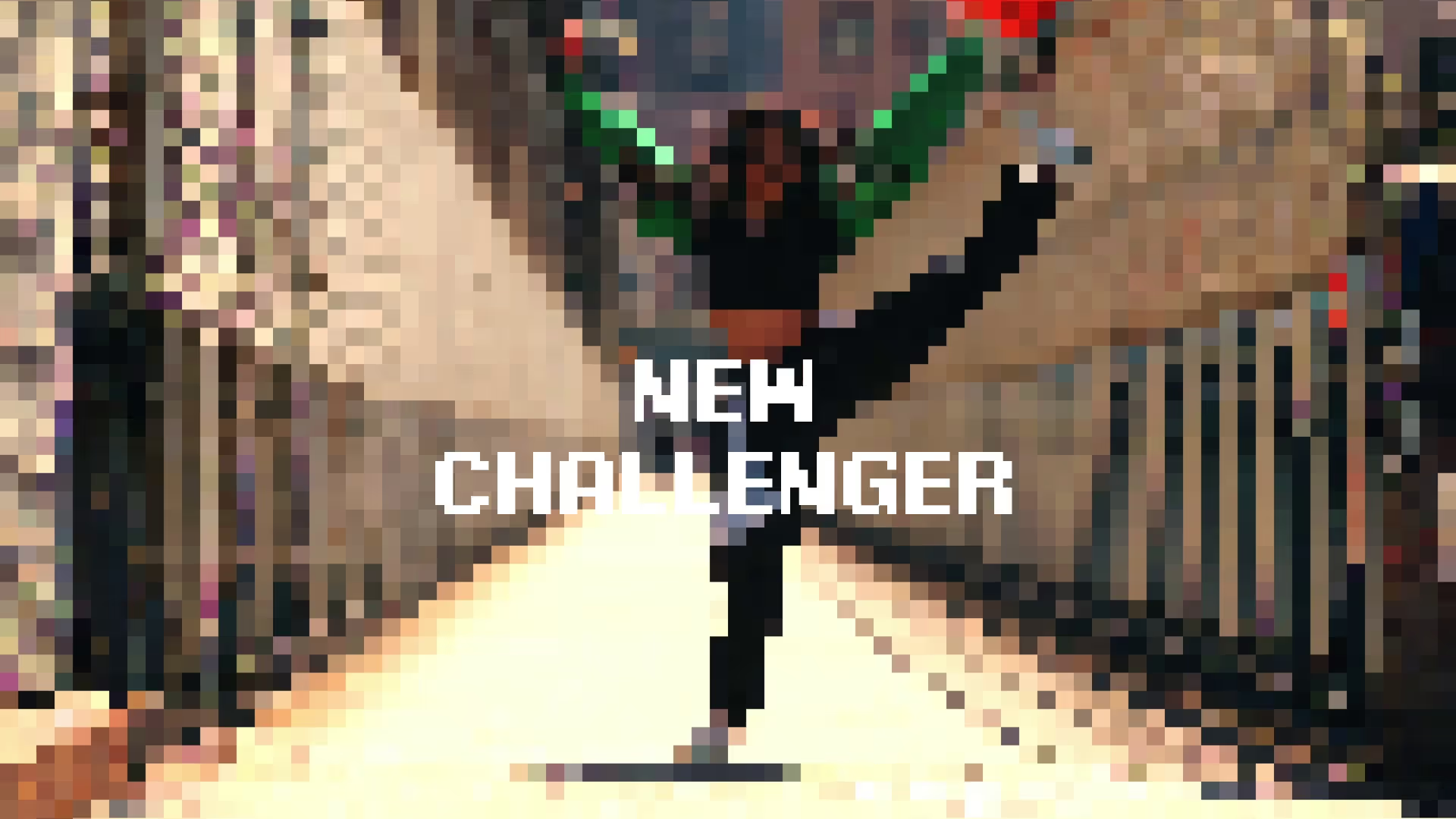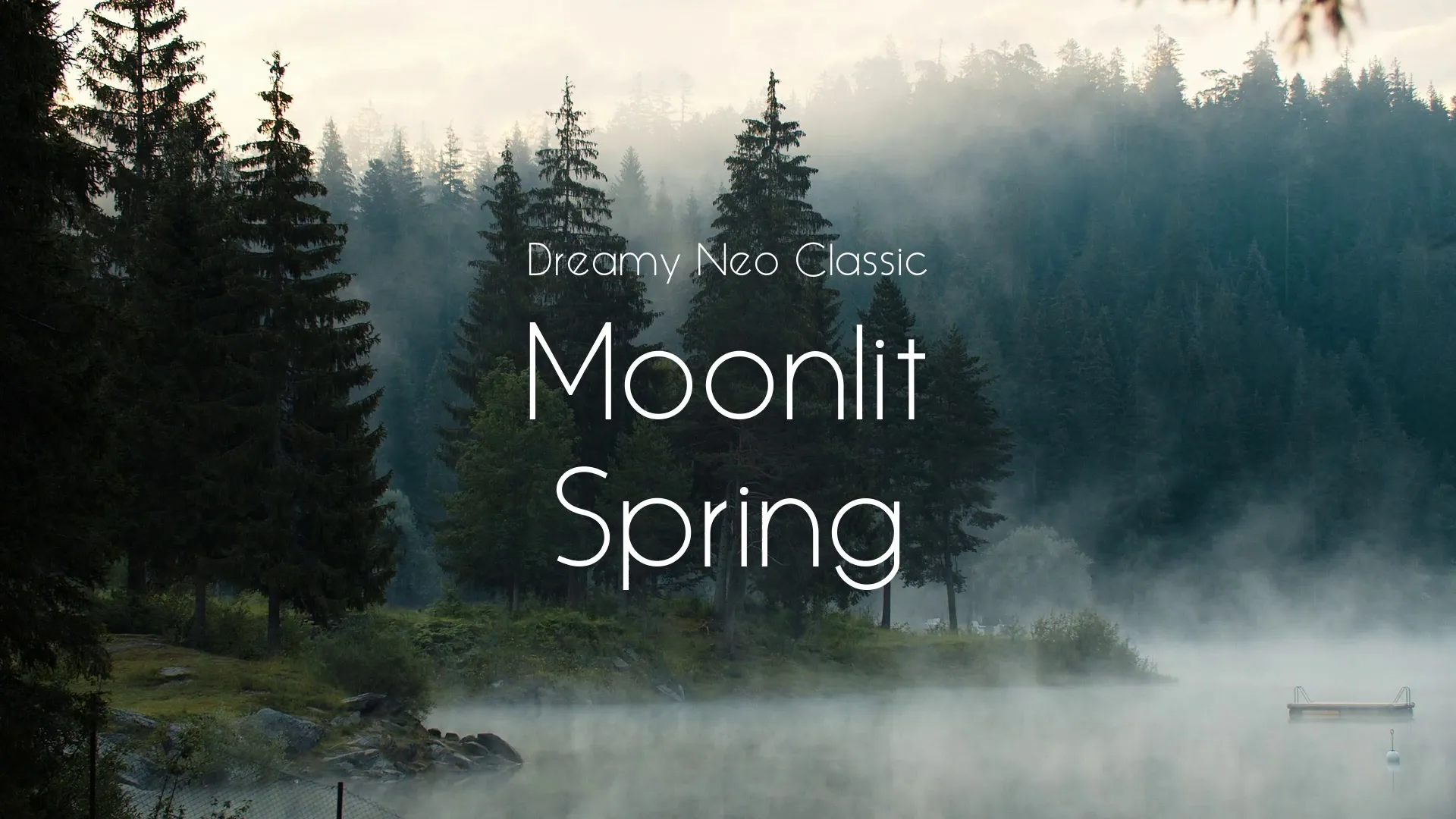Automate Game Asset Pipeline: AI & PCG for Efficient Game Development
Game development demands efficiency. Manual asset creation often becomes a bottleneck, especially for indie teams. Automating your game asset pipeline with AI and procedural content generation (PCG) is not just an option, but a necessity for modern development.
This approach significantly reduces production time and frees up artists to focus on high-level creative tasks.
The Power of AI in Asset Creation
AI tools are transforming how developers create game assets. They can generate initial concepts, textures, and even entire 3D models from simple prompts. This accelerates the ideation phase and provides a strong foundation for further artistic refinement.
For instance, AI can quickly produce variations of a texture or conceptualize character designs. Wayline’s Canvas allows developers to generate concept art with AI, rapidly iterating on visual ideas. Similarly, Symphony can compose original, royalty-free game music, eliminating the need for extensive manual sound design in early stages.
Leveraging Procedural Content Generation (PCG)
Procedural generation allows you to create vast amounts of diverse content from a set of rules and algorithms. This is invaluable for generating environments, props, and even entire level layouts with minimal manual input. PCG excels at creating variations of existing assets, ensuring visual diversity without repetitive manual work.
Consider generating an entire forest with unique trees, rocks, and foliage placements, all governed by a few parameters. This method ensures consistency while providing endless unique combinations. It also allows for dynamic content creation, adapting to player choices or game state.
Integrating AI and PCG into Your Workflow
The real power comes from combining AI and PCG in a cohesive pipeline. Start with AI to generate initial concepts or base assets, then use PCG to expand and diversify them. For example, AI could generate a base texture, which PCG then uses to create infinite variations for different surfaces.
This integration streamlines the asset production process from concept to final implementation. It allows for rapid prototyping and iteration, which is crucial for agile game development. Automating your game dev pipeline leads to more consistent progress and higher quality output.
Optimizing Your Game Engine Asset Pipeline
Efficiently importing and managing these generated assets within your game engine is critical. Ensure your engine’s asset pipeline is configured to handle batch imports and automated material assignments. This minimizes manual steps and potential errors.
Proper naming conventions and folder structures are essential for maintaining organization with a high volume of generated assets. Understanding how to effectively manage normals, for example, is fundamental for 3D assets, as discussed in ‘Blender: How to Flip Normals’ Blender: How to Flip Normals. Developing custom import scripts can further automate the process, tailoring it to your specific project needs.
Common Pitfalls and How to Avoid Them
Over-reliance on automation without artistic oversight is a significant pitfall. AI and PCG are powerful tools, but they are not substitutes for human creativity and artistic direction. Always review generated assets and apply human refinement to ensure they align with your game’s vision.
Another pitfall is underestimating the learning curve for new tools and techniques. Start with small, manageable experiments before fully integrating these methods into a large project. Poor parameter control in PCG can lead to repetitive or undesirable results; invest time in refining your generation rules.
Lastly, ensure your chosen tools and generated assets are compatible with your game engine and target platforms. Proprietary formats or overly complex geometries can create new bottlenecks.
Create a free account, or log in.
Gain access to free articles, game development tools, and game assets.























